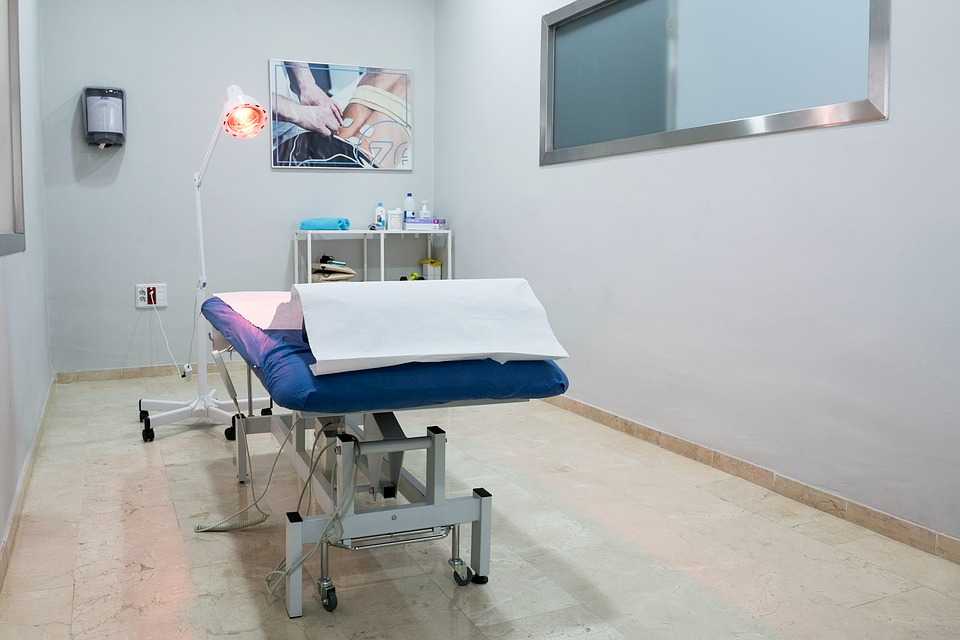Pre And Post-Surgical Rehabilitation
Physiotherapy is not a magic wand but a rehabilitative aid that can work wonders if done the right way
The mere thought of undergoing surgery is enough to send a chill down your spine. But at that very moment, you need to take a deep breath and relax your frayed nerves and rely on physiotherapy to come to your rescue. This is because, physiotherapy can not only help in warming you up for your surgery, but can also help make your post-surgery experience calmer.
However, what needs to be understood is that physiotherapy is not a magic wand, but a rehabilitative aid that can work wonders, if done the right way. Also. rehabilitation is required before and after the surgery.
Rehabilitation
Rehabilitation is restoring your physical health and bringing you back to your routine life, through physical training and therapy. If surgery is your ‘exam time,’ post-surgery can be compared to your ‘result time.’ The more you prepare beforehand. the lesser you need to worry about post-surgery downtime.
The goal of pre-operative rehabilitation (also referred to as rehab) is to condition your body to take in the stress of the surgery and also to ensure a therapeutic recovery later. During the months of surgery, the body is accustomed to rest and sleeping and lesser physical activity. Hence. it needs to be ‘taught’ to go back to routine day-to-day activities.
A sudden plunge into your daily routine, after weeks of physical rest, can have an adverse impact on your body. Due to the extended period of rest prior the surgery, your body bears several changes such as weaker muscles and muscle wasting, etc. This makes rehabilitation imperative, simple rehab exercises can help in easy standing. walking, balancing, etc.
Aim Of Rehab
- To mentally prepare you for surgery and reduce the anxiety associated with it
- Decrease pain and inflammation
- Maintain range of motion and flexibility of muscle for normal functioning
- Improve and maintain muscle control and movement pattern
- Improve cardiovascular capacity and overall fitness
- Make discharge from hospitals easier, and ensure lesser re-admissions and surgical complications
- Aid in muscle strength, balance, and proprioception
- Understand the exercises required after surgery
Recent studies have shown that patients who had poorer pre-operative exercises do not attain the same function or pain scores, as those with better pre-operative function a couple of years after lower limb joint replacement surgeries. Patients have also experienced substantial pain relief, improved function, and satisfaction as a result of performing pre and post-rehabilitation procedures.
Post-Surgical Rehabilitation
A patient’s ability to regain strength for normal, daily functions and activities is totally dependent upon post-surgical rehabilitation. Orthopedic surgery is often followed by some sort of pain, swelling, loss of motion and bruising. However, a Simple activity such as moving comfortably around the house as much as possible, is the most important thing you can do for quicker healing after a surgery. This also helps getting your blood circulation back to normal.
Proper rehabilitation after surgery increases strength and decreases the likelihood of another injury. It is also known to work wonders with patients who lose confidence after stressful surgeries.
Benefits Of Post-Surgical Rehabilitation Goals
- Reducing pain by PRICE (pressure, rest, icing, compression and elevation)
- Improving and maintaining range of motion and flexibility of various muscle groups
- Exercising interventions to improve strength of muscles and movement control
- Postural balance and coordination training to improve proprioceptjon
- Improved balance and weight-bearing while walking
- Manual therapy techniques to decrease pain and improve joint play
- Self-care training for performing daily routine activities
- Home exercise interventions to maintain the goals achieved and accelerate recovery
Adding post-operative rehabilitation into your recovery program enhances treatment satisfaction. Cushioning recovery through therapy makes it physically and mentally easier to come out of the surgery-induced stress. Thus, such a multidisciplinary effort may result in pronounced improvement in the surgery outcomes, Additionally, it will leave you happy and content and not With a morbid picture of a stressful recovery.
Stages Of Post-Surgical Rehabilitation
Immediate (Post-Anaesthetic) Phase
This phase focuses on reducing pain and stiffness after surgery and also maintaining a normal range of motion.
Intermediate (Hospital Stay) Phase
This phase focuses on regaining strength and balance during your stay at the hospital
Convalescent (After Discharge To Full Recovery)
In this phase of rehabilitation, the focus is on returning to your normal daily activities and improving fitness levels.
Physiotherapy isn’t only about rehabilitation after surgery or injury, but also about injury prevention and improving the quality of your life, so that you don’t wind up in a hospital again!
